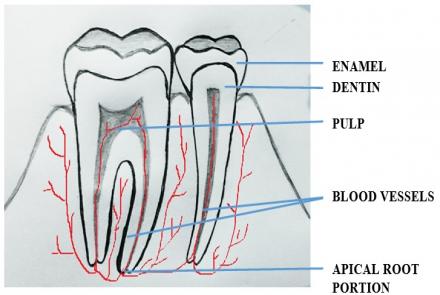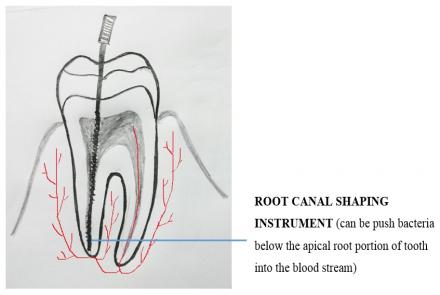
There are four types of diabetic neuropathy.
1. Peripheral neuropathy
This presents with numbness or tingling, pain or burning sensations, loss of sensation in the feet or lower legs and sometimes in the hands or arms. This is the most common type of neuropathy that affects the peripheral nerves, most commonly the nerves of the feet and legs.
2. Proximal neuropathy
This presents with one-sided pain in the hips, weakness in the thigh muscles, weight loss, difficulty getting up, and abdominal swelling. Also known as radiculoplexus neuropathy, diabetic amyotrophy or femoral neuropathy, it affects nerves in the thighs, hips, buttocks or legs. This condition is more common in people with Type 2 diabetes and older adults.
3. Autonomic neuropathy
The patient may have symptoms of nausea and/or vomiting, diarrhoea, constipation, dizziness, fainting, feeling of fullness after eating a small amount, erectile dysfunction in men, incontinence of urine, inability to empty the bladder completely, decreased vaginal lubrication, profuse sweating, bloating, difficulty in swallowing, low blood pressure on standing up suddenly, visual problems. It affects the autonomic nervous system, the nerves that control body functions.
4. Focal neuropathy
This presents with change in vision, Bell’s palsy (paralysis on one side of the face), diabetic radiculopathy (abdominal and/or thoracic pain due to nerve root lesions), femoral neuropathy (pain followed by gradual weakening and atrophy of muscles in thigh and buttocks), diabetic amyotrophy, nerve entrapment (affects a specific nerve or area in the body such as eye, hand etc.). Although there can be severe pain, it usually doesn't cause any long-term problems. Symptoms usually diminish and disappear on their own over a few weeks or months.













